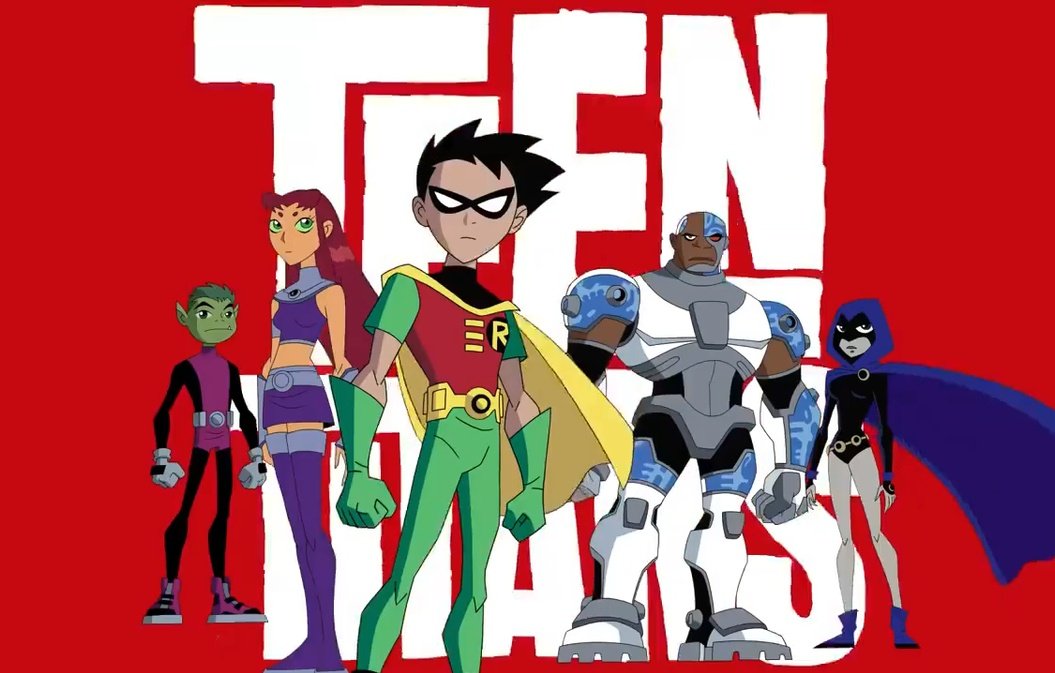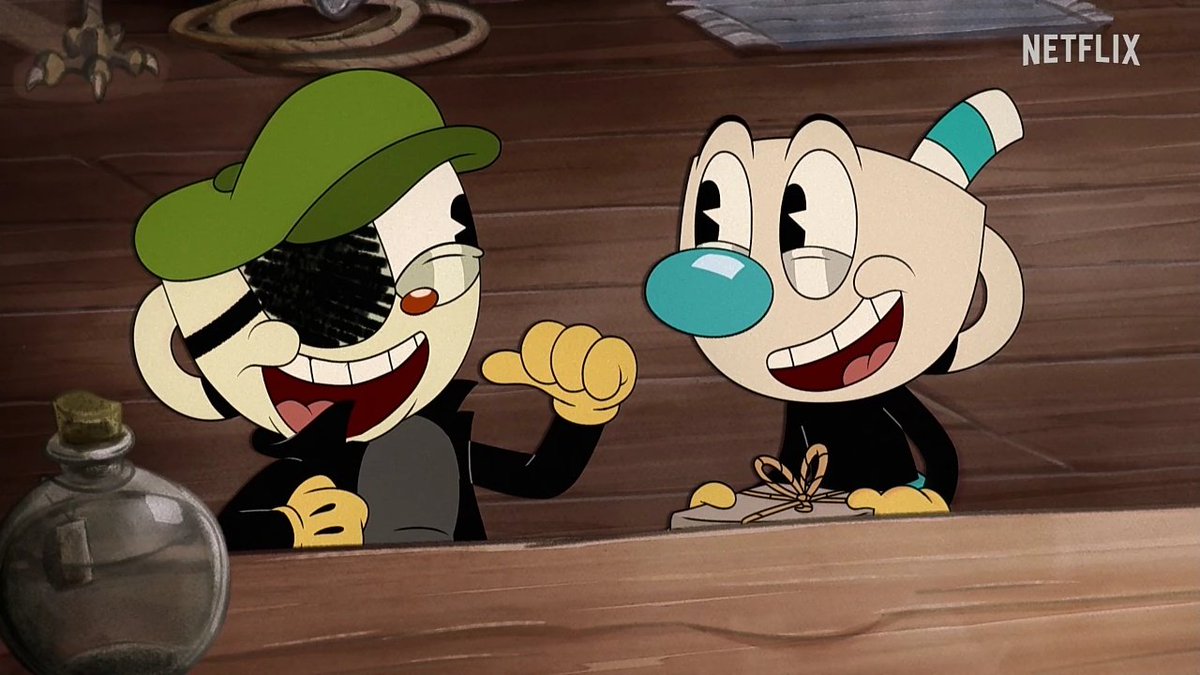In the vast realm of digital art and animation, "cartoon base" has emerged as a transformative concept that empowers creators worldwide. Whether you're a seasoned artist or a beginner exploring your creative potential, understanding cartoon base can significantly enhance your animation journey. This comprehensive guide delves deep into the essence of cartoon base, exploring its significance, applications, and the tools that make it accessible to everyone.
Cartoon base serves as the foundation upon which animated characters and stories are built. It encompasses everything from character design principles to digital tools and software that facilitate the creation process. As the animation industry continues to evolve, cartoon base remains a crucial element for artists seeking to bring their imaginative worlds to life.
This article aims to provide an in-depth exploration of cartoon base, covering essential aspects such as its history, tools, techniques, and practical applications. By the end of this guide, you'll have a comprehensive understanding of cartoon base and how it can elevate your animation projects.
Read also:Kfan The Restaurant A Culinary Journey To Remember
Table of Contents
- Introduction to Cartoon Base
- History of Cartoon Base
- Tools for Cartoon Base Creation
- Design Principles in Cartoon Base
- Character Creation Process
- Software and Applications for Cartoon Base
- Tips and Tricks for Beginners
- Industry Standards in Cartoon Base
- Frequently Asked Questions
- Conclusion
Introduction to Cartoon Base
Cartoon base refers to the foundational elements required to create animated characters and designs. It involves understanding the anatomy of characters, proportions, and design principles that make animations visually appealing and engaging.
By mastering cartoon base, artists can create characters that resonate with audiences across various media platforms, from traditional cartoons to modern digital animations.
Some key aspects of cartoon base include:
- Character design principles
- Proportions and anatomy
- Color theory
- Expression and movement
History of Cartoon Base
Evolution of Animation Techniques
The concept of cartoon base has evolved significantly over the years. From traditional hand-drawn animations to modern digital techniques, the tools and methods used in cartoon base creation have transformed dramatically.
Key milestones in the history of cartoon base include:
- 1920s: Introduction of cel animation
- 1980s: Emergence of computer-generated imagery (CGI)
- 2000s: Development of advanced animation software
Tools for Cartoon Base Creation
Digital Tools vs. Traditional Methods
Artists today have access to a wide range of tools for cartoon base creation. While traditional methods such as pencil sketches and watercolor painting remain popular, digital tools offer unparalleled flexibility and efficiency.
Read also:A Broken Mask Meets A Dishonored Blade Exploring The Depths Of Intrigue And Adventure
Some of the most popular digital tools for cartoon base include:
- Adobe Illustrator
- Procreate
- Clip Studio Paint
Design Principles in Cartoon Base
Understanding Proportions and Anatomy
Proportions and anatomy are fundamental to cartoon base design. Artists must understand how to manipulate these elements to create characters that are both realistic and stylized.
Key design principles include:
- Head-to-body ratio
- Limb proportions
- Facial features
Character Creation Process
From Concept to Completion
The character creation process in cartoon base involves several stages, from initial sketches to final designs. Artists must consider various factors, such as character personality, background, and intended audience.
Steps in the character creation process include:
- Idea generation
- Sketching and refining
- Coloring and detailing
Software and Applications for Cartoon Base
Popular Animation Tools
Various software and applications cater specifically to cartoon base creation, offering features that streamline the animation process. These tools provide artists with the ability to experiment and refine their designs with ease.
Some widely used software include:
- Toon Boom Harmony
- Maya
- Blender
Tips and Tricks for Beginners
Mastering Cartoon Base Fundamentals
For beginners venturing into cartoon base creation, mastering the fundamentals is crucial. Practice and experimentation are key to developing a strong foundation in animation design.
Here are some tips for beginners:
- Study anatomy and proportions
- Experiment with different styles
- Seek feedback from peers
Industry Standards in Cartoon Base
Best Practices for Professional Animators
Professional animators adhere to specific industry standards when working with cartoon base. These standards ensure consistency and quality in animation projects, regardless of the platform or medium.
Some industry standards include:
- Adherence to brand guidelines
- Consistent character design
- Attention to detail
Frequently Asked Questions
Common Queries About Cartoon Base
Many artists have questions about cartoon base and its applications. Below are some frequently asked questions and their answers:
- What is the best software for cartoon base creation?
- How can I improve my character design skills?
- Are there any free resources for learning cartoon base?
Conclusion
Cartoon base plays a pivotal role in the world of animation, providing artists with the tools and principles needed to create compelling characters and stories. By understanding its history, tools, and design principles, artists can elevate their animation projects to new heights.
We encourage readers to explore the resources mentioned in this article and experiment with different techniques to enhance their cartoon base skills. Share your thoughts and experiences in the comments below, and don't forget to explore other articles on our website for more creative insights.
References:
- Smith, J. (2022). The Evolution of Animation Techniques. Animation Journal.
- Johnson, L. (2021). Digital Tools for Cartoon Base Creation. Design Magazine.
- Williams, R. (2020). Principles of Character Design. Animation World.

